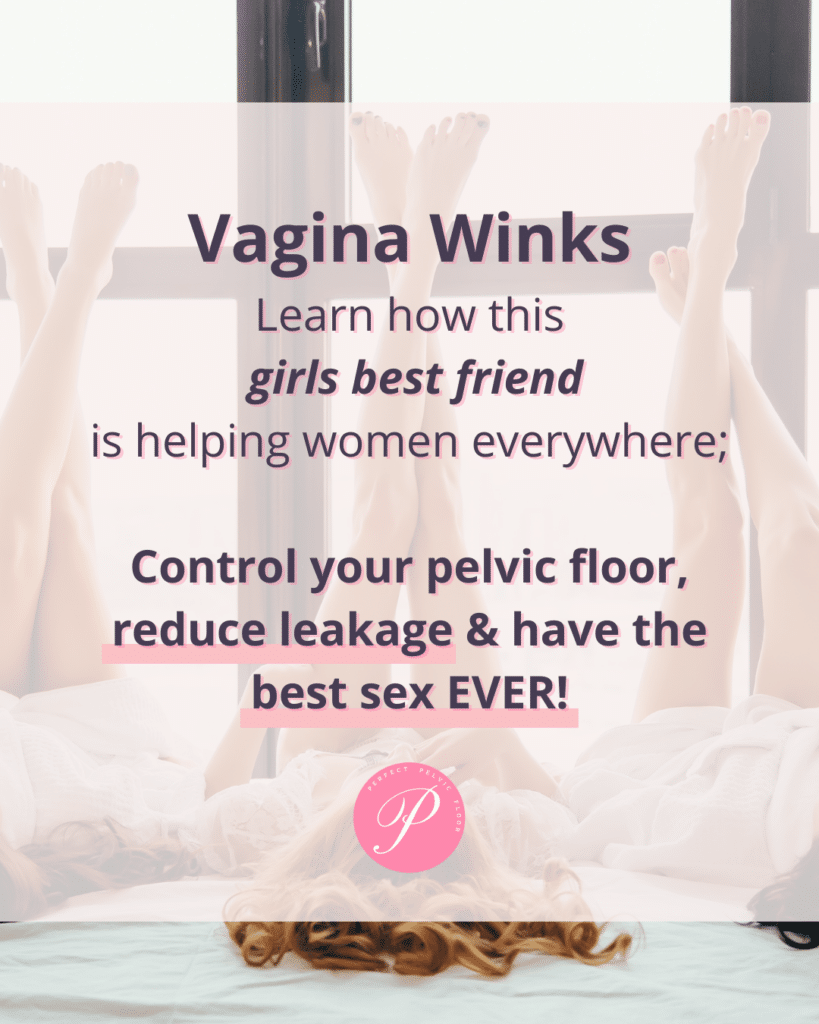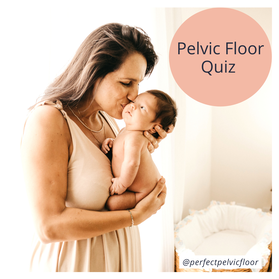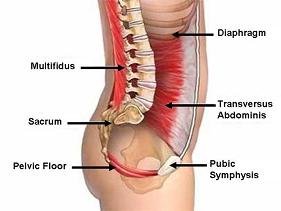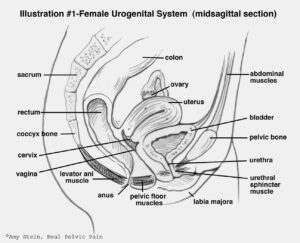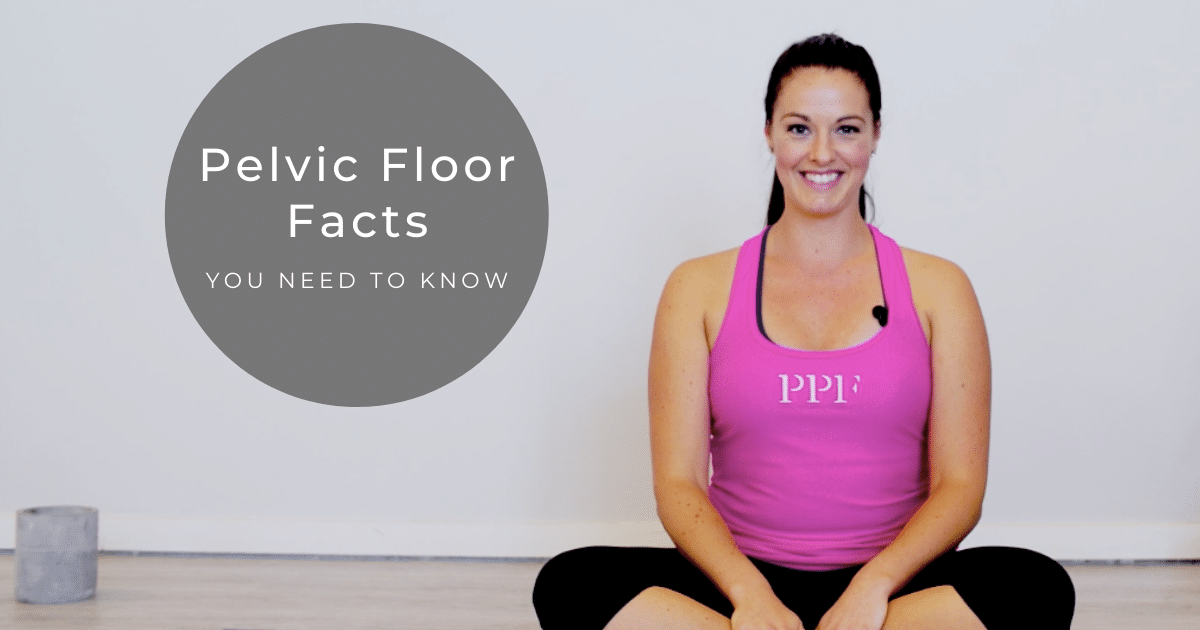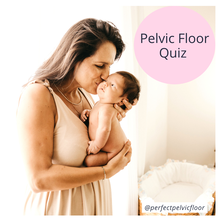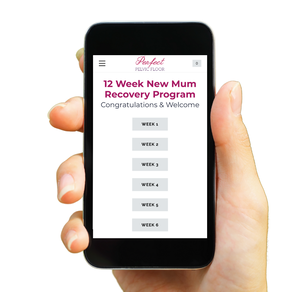Do Men Have Pelvic Floor Muscles?
Why yes they do! Who would have thought men have pelvic floor muscles. They have similar roles to that in women but with the anatomy being different it adds another level of complexity.
Pelvic floor health is important for men’s overall health and well-being just as it is for women, however, it is often overlooked or not discussed. This is something we want to change, bring to the surface and make it a comfortable topic for men to discuss. To provide help to the thousands of men who are suffering and give them a solution from the comfort of their home.
The pelvic floor muscles play a vital role in many functions, including controlling the bladder and bowel, supporting the abdominal and pelvic organs, and contributing to sexual function. Eg erectile dysfunction, orgasm intensity.
An estimated 30% of men visiting the doctor in Australia have urinary incontinence yet more than two thirds don’t discuss it with their health care provider. What’s more frustrating is it’s a treatable condition. The first treatment option recommend is pelvic floor strengthening and control exercises.
Do men have pelvic floor muscles? It’s still a question I get asked often from both men and women. I am just as surprised they ask it, as they are surprised to learn that yes men do have pelvic floor muscles and here are some ways you can get your muscles working for you to improve your pelvic floor health.
Maintaining your pelvic floor health:
Strengthen your pelvic floor muscles: The pelvic floor muscles can be weakened or switched off by a variety of factors, including age, obesity, and certain medical conditions. Strengthening the pelvic floor muscles can help improve bladder and bowel control, and may also improve sexual function. A program like ours here at Perfect Pelvic Floor goes through the statges of teaching you how to find your pelvic floor using the 3 different actions to engage it. Strengthening your muscles with a daily program and learning control of your muscles through functional exercises. (See our Men’s Program)
Maintain a healthy weight: Being overweight or obese can put additional pressure on the pelvic floor muscles, leading to problems such as incontinence. Maintaining a healthy weight through a balanced diet and regular physical activity can help reduce the risk of pelvic floor issues.
Avoid constipation: Constipation can put unnecessary strain on the pelvic floor muscles. To avoid constipation, it is important to eat a high-fibre diet, stay hydrated, and participate in regular exercise.
Improving sexual function: The pelvic floor muscles play a role in sexual function and performance, and strengthening these muscles can lead to improved sexual function in men. Who wouldn’t want that!
Avoid heavy lifting without proper technique and core activation. Lifting heavy objects can put extra strain on the pelvic floor muscles, leading to weakness and other problems. Ensure you know how to activate your pelvis floor muscles – get started on our (Willie Wiggles)
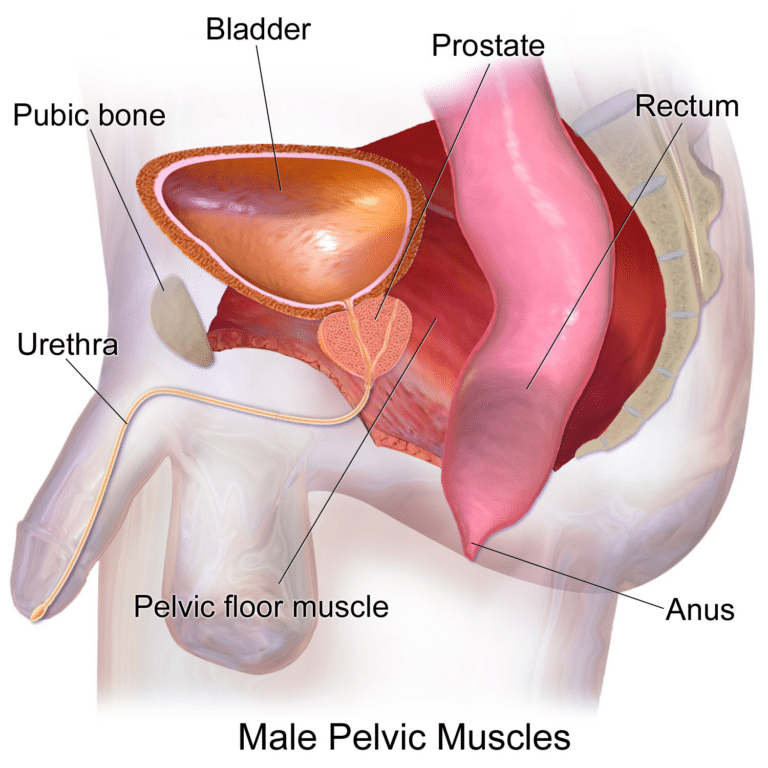
Prostate and the Pelvic Floor Muscles
The prostate is a small gland sitting below the bladder in men and is roughly the size of a walnut. It is not uncommon for it to grow in size as men age. It surrounds the urethra which is the tract that transports your urine and semen out of your body.
Sometimes with an enlarged prostate, or having prostate cancer treatment you can have difficulty urinating.
The prostate also helps to regulate your urine flow. As men haven’t really had to rely on their pelvic floor muscles as their first line of defence against urinary incontinence, it’s not uncommon for them to have difficulties activating the pelvic floor muscles. Typically I see men bracing all of their abdominal muscles and buttock muscles instead of their pelvic floor muscles initially.
Men are also less likely to see a health professional about urinary incontinence hence I wanted to give them an opportunity to improve their symptoms from home with our Men’s Pelvic Floor Exercise Program app.
Here are some of our starter exercises you will find in our Men’s Pelvic Floor Exercise Program.
Pelvic Floor Exercises:
Willie Wiggles – The easies & simplest way to start activating your pelvic floor muscles by thinking about your “Nuts to Your Guts”. Get our Free Guide below.
Stopping your fart – This is a very basic version to get your muscles activated. The pelvic floor muscles are more intricate than this which is explained in our men’s exercise guide which you receive with out program. However this is a good one to start with for men who can imagine what this would feel like.
Breathing – start activation your diaphragm. Most men tend to clench their whole abdomen when they are trying to do different exercises. This exercise gets you to breathe deeply into the base of your lungs slowly and exhale slowly. Your diaphragm has a big relationship with your pelvic floor muscles in maintaining pressure in your abdominal cavity.









